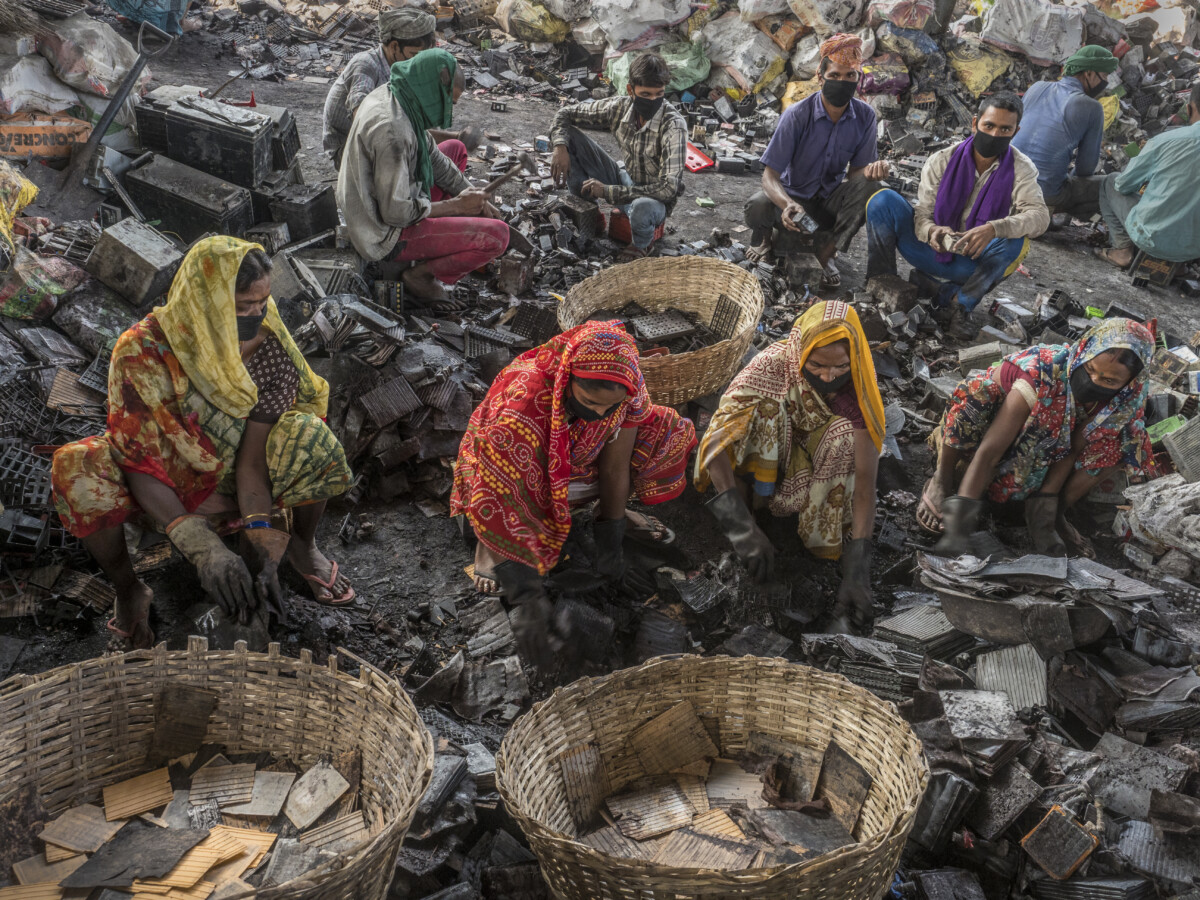NEW YORK, NY, June 24, 2024 – A new study, “Structured Expert Judgement Approach of the Health Impact of Various Chemicals and Classes of Chemicals“, published in PLOS ONE evaluates the global mortality from sixteen chemical pollutants.
The study was conducted by an international team of environmental and health experts to address the need for prioritizing interventions for chemical pollutants, a growing global health concern. The authors examined the health impacts of these widespread chemical pollutants through the Structured Expert Judgement (SEJ) methodology.
The SEJ process highlighted lead, asbestos, arsenic, and highly hazardous pesticides (HHPs) as the chemicals with the most significant health impacts in terms of mortality. Lead stands out as the largest chemical of concern by far, with an estimated median of 1.7 million deaths annually, suggesting an urgent need for targeted interventions. The next largest in impact, asbestos, arsenic, and HHPs are each responsible for between 136,000 and 274,000 deaths per year. None of the other chemicals or classes of chemical were estimated to cause over 100,000 deaths annually.
“The Structured Expert Judgement (SEJ) approach allows us to synthesize expert knowledge systematically, overcoming the usual barriers posed by incomplete data landscapes,” explains Rich Fuller, Pure Earth President and paper co-author. “The SEJ is a pioneering approach, providing a valuable model to address similar challenges in environmental health sciences.”
Chemical pollution continues to pose severe threats to both human health and the environment. Given scarce resources, it is imperative to focus on pollutants with the highest health impacts. Data, especially related to chemical exposures, are rarely available for most substances of concern, making alternative approaches like SEJ key in evaluating these impacts.
Lead author, Dr. Deniz Marti, Postdoctoral Research Associate at the University of Southern California Institute for Creative Technologies, says, “There is a need for focused resources on the most detrimental pollutants, potentially guiding international agencies and governments in allocating their efforts more effectively.”
This research utilized the SEJ process to estimate the global health impacts – both premature death and disability (DALY) of 16 critical pollutants or pollutant classes: asbestos, arsenic, benzene, chromium, cadmium, dioxins, fluoride, highly hazardous pesticides (HHPs), lead, mercury, polycyclic-aromatic hydrocarbons (PAHs), polychlorinated biphenyls (PCBs), Per- and Polyfluorinated Substances (PFAs), phthalates, endocrine disrupting chemicals (EDCs), and brominated flame retardants (BFRs).
“This study provides a much needed method to prioritize chemical pollutants based on their health impacts. This is important for global public health strategies and policy-making, especially around the newly formed Global Framework on Pollution, and the Science Policy Panel on chemicals currently under design,” says David Hanrahan, Principal Technical Advisor for Pure Earth.
Authors provided estimates on the probable health consequences of each pollutant, quantified as premature deaths and Disability-Adjusted Life Years (DALYs). The process weighted these estimations based on each expert’s performance in calibration exercises, enhancing the credibility and precision of the resulting data.
“The impact made by lead is simply astounding, indicating that it may have as much health impact as all other chemicals combined,” says Dr. Jack Caravanos, Senior Technical Advisor for Pure Earth. “Of course, more research might find other substantial health impacts that are as yet unknown; this review is based on current knowledge.”
The research further indicated a disparity in the geographical impact of these chemicals, with a more significant burden observed in low- and middle-income countries. The authors recommend that the SEJ process be periodically repeated to incorporate new data and evolving scientific understanding. This ongoing evaluation is essential to keep the prioritization of chemical interventions relevant and evidence-based. The study also underscores the necessity for continued research and monitoring, especially for chemicals like PFAs and EDCs, where current impacts are less understood but potentially significant.
###
About Pure Earth
Established in 1999, Pure Earth is a pioneer in developing evidence-based solutions to mercury and lead poisoning and pollution. Guided by our commitment to transparency, collaboration, impact measurement and technical excellence, Pure Earth works with partners around the world to sustainably address the root causes of lead pollution and mercury pollution. We work with governments, communities and industry to identify and implement solutions that stop toxic exposures, protect health, and restore environments. Learn more at www.pureearth.org.
###
Media contacts for Pure Earth:
For questions, interviews with researchers, media assets, please contact Sarah Berg, sarahb@pureearth3.multi.phpstg.com.

